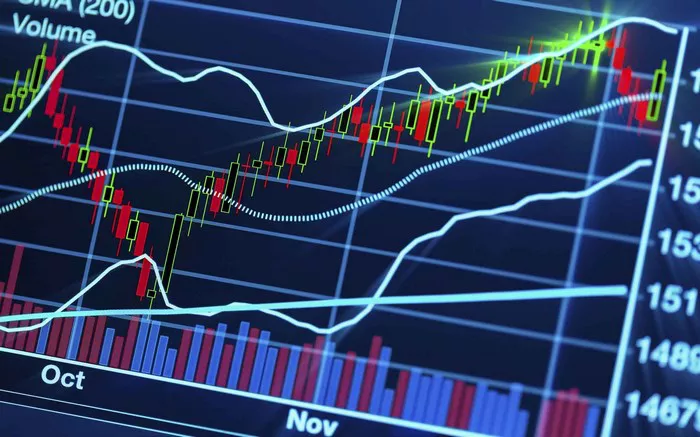Singapore’s central bank, the Monetary Authority of Singapore (MAS), has opted to keep its monetary settings unchanged, diverging from a global trend of policy easing. This decision comes as the city-state’s economy demonstrated robust growth in the third quarter.
In a statement released on Monday, the MAS announced it would maintain the slope, width, and center of its currency band. This strategy aims to allow the Singapore dollar to appreciate, helping to mitigate imported inflationary pressures.
The MAS indicated that the risks to Singapore’s inflation outlook have become more balanced compared to three months ago. It concluded that the current monetary policy settings are still aligned with the goal of achieving medium-term price stability.
Following the announcement, the Singapore dollar recovered from a session low, trading at 1.3060 against the U.S. dollar by 9:09 AM local time. A survey conducted by Bloomberg found that all but three of the 13 economists anticipated no changes to the monetary policy.
Selena Ling, chief economist at Oversea-Chinese Banking Corp., remarked, “The overall tone is not dovish at all. If anything, there is now a concern about unit labor cost growth and hence services growth, although the 2% core inflation forecast for 2025 remains unchanged.”
This decision stands in stark contrast to the interest rate cuts implemented in many developed economies, where policymakers have favored substantial reductions, such as the recent 50-basis-point cuts seen in locations from Washington to Wellington. These moves reflect a broader cooling of inflation that has yet to fully manifest in Singapore, which relies heavily on imports for basic goods.
For the past year, the MAS’s parameters for the Singapore dollar’s nominal effective exchange rate (S$NEER) have remained constant. The MAS guides the local dollar against a basket of its major trading partners, adjusting its appreciation or depreciation pace by modifying the currency band’s slope, width, and center. Specifics regarding the basket, band, and adjustment pace are not disclosed.
In conjunction with the MAS’s decision, new data revealed that Singapore’s economy accelerated in the last quarter, bolstered by gains in the manufacturing and construction sectors. Gross domestic product (GDP) increased by 2.1% in the three months ending in September compared to the previous quarter. Year-on-year, the economy expanded by 4.1%, outperforming economists’ estimates of 3.8%.
The MAS continues to anticipate that GDP growth will likely fall at the upper end of its forecast range of 2-3% for the year, with expectations that the negative output gap will close by late 2024.
Looking ahead, the MAS projects that the Singapore economy will grow at a rate close to its potential next year. However, it acknowledged significant uncertainties surrounding the economic outlook, stemming from ongoing geopolitical tensions, trade conflicts, and the pace of global macroeconomic policy easing. The authority also expressed concerns about the sustainability of the recent upturn in the electronics sector, which remains a crucial component of Singapore’s economy.
Related topics:


